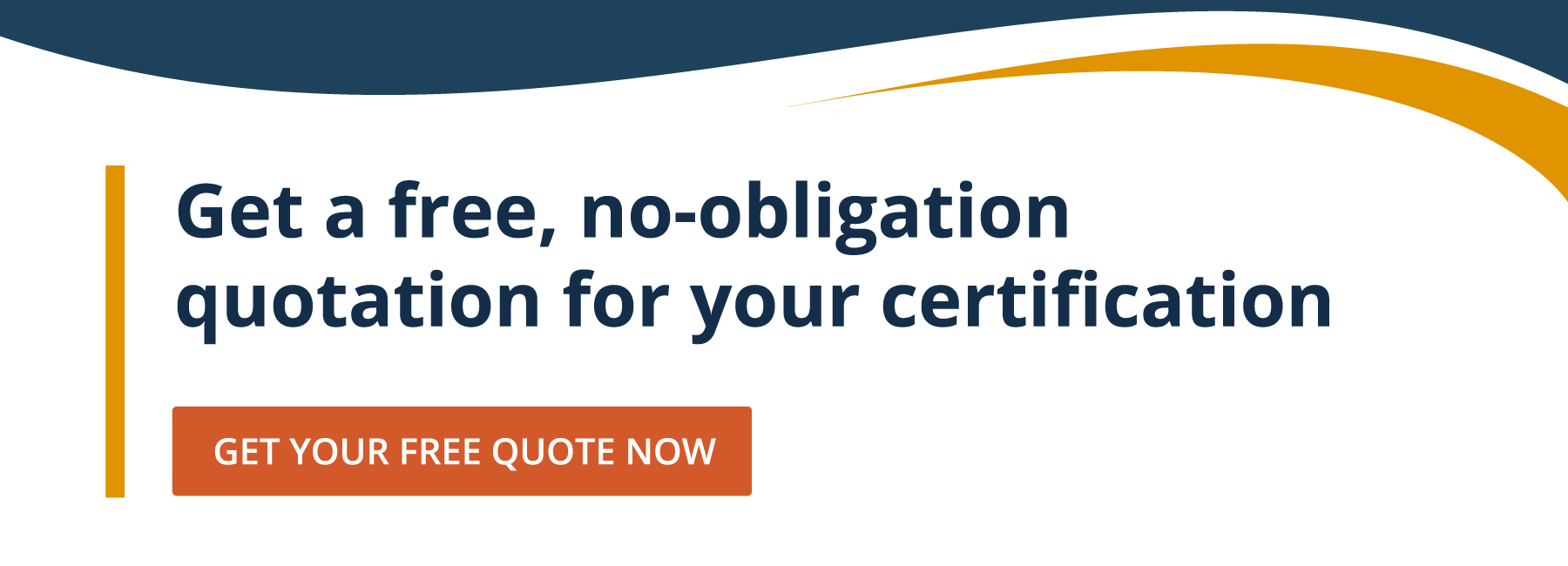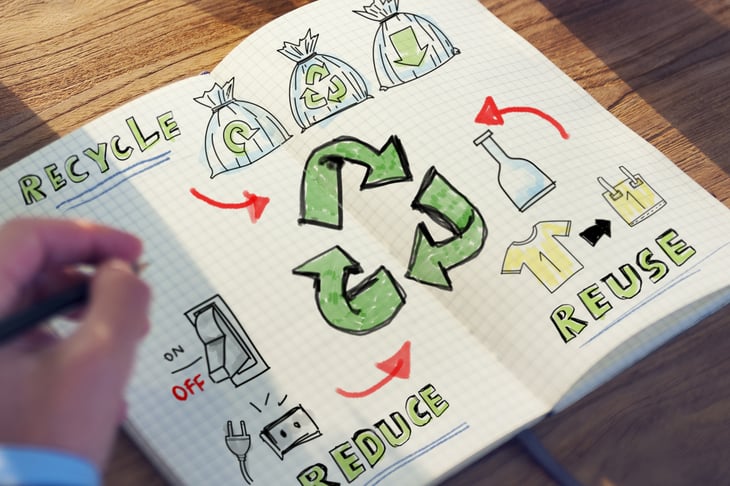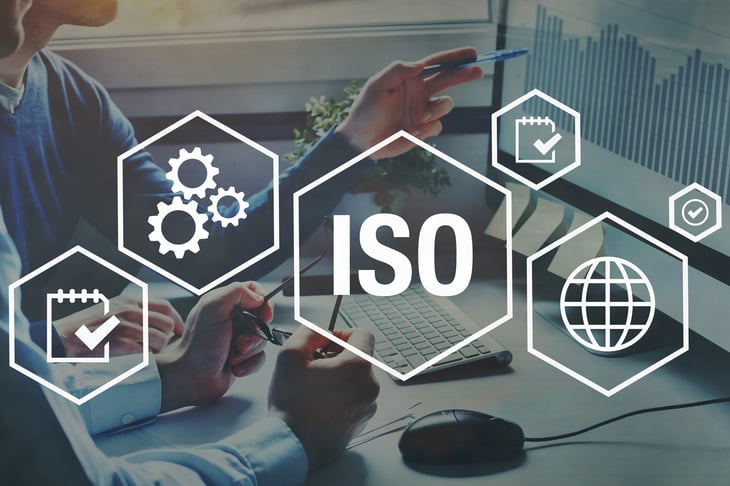Investing in your employee's health, wealth, and happiness can increase productivity, efficiency and loyalty significantly, thereby benefitting a brand's reputation. Managers can sometimes view socialising in the workplace as a non-essential time-wasting activity, which detracts from scheduled tasks and goals being completed.
If conducted thoughtfully by the management and respectfully by employees, nurturing a friendly, interactive workplace with a clear demarcation between collaborating and socialising can simultaneously improve productivity, profitability and employee morale. Motivating a team to feels valued and trust and trusted promotes corporate identity and boosts job satisfaction, enabling your employees to feel a part of the brand's evolution.
Communicate clearly
Open communication in the workplace encourages employees to express creative ideas and practise openness and transparency. By simply allowing a person to feel they are being heard, stress can be reduced and employee opinions validated. Sometimes employees feel unable to express concerns or problems they have in relation to the workplace, for fear they will be viewed as complainers or negative. By allowing openness and treating each flagged concern as a potential opportunity for improvement, employees are encouraged to speak openly and honestly about their experience whilst working.
Discourage employees from communicating with one another by email and instead encouraging face to face conversations or the use of video calling software, such as Zoom or Skype, will foster a more a personal working relationship. So much can be mistakenly assumed from an impersonal email or text message. To lessen the potential for such miscommunications, take the time to explore the issues or concerns involved within your workplace culture through one-on-one conversations. This can help minimise frustration and encourage harmonious working relations.
Foster a positive working culture.
Facilitating a positive working culture is critical in delivering high-quality products and services. Accommodating your employee's individual needs will help maximise a teams productivity and job satisfaction. Acknowledging your employees sense of identity, shared values, assumptions and communication styles will allow them to feel accepted within the working culture. Some employees may require flexible working hours or remote working from home to accommodate family circumstances or academic courses they're taking. These arrangements require mutual respect and trust if they are to work effectively.
Recognition of good work and achievement is a powerful motivator, employees who have demonstrated their value to the organisation can be recognised through rewards and the communication of their achievements through global company emails or newsletters. For those employees who appear to be struggling in their work, approach their issues with sensitivity, listening and suggesting potential solutions. Try to ensure that no worker feels distanced from their colleagues by any professional or personal problems they are experiencing.
Train your employees
Invest in your employees, the provision of training opportunities is a powerful motivation and helps foster ambition. So many people would value the chance to aim higher than their assigned position but lack the confidence to take the necessary steps to progress and evolve their education and experience. Although short term this may involve expense and resources from the organisation, further education will tap into your teams potential. Streamlining efficiency and believing in your employee's potential and their ability to step up and realise their potential will help to ensure high levels of staff retention and satisfaction.
SMART goals
For your organisation to continue to progress and develop it is important that it has a strategy and associated goals that your employees understand and have bought into. Providing direction, motivation and focus, SMART goals help guide teams towards shared success. An acronym for Specific, Measurable, Achievable, Realistic, and Timely, SMART goals provide criteria for measuring achievable and attainable objectives. Your strategy must be realistic to allow focus and motivation to be optimised and have an associated timeframe within which targeted goals have a significantly greater chance of being accomplished.
Identify waste in your operational processes.
Waste refers to any process or material which does not add value to anyone or anything within the organisation. Being able to identify waste is the first step towards eliminating it and subsequently making your organisation more efficient and profitable. It can be challenging to pinpoint and eradicate waste, but the first step is to encourage your team to embrace these specific goals and make a conscious effort to be conservative in the use of products and services.
Improve your quality management system (QMS) ISO 9001
Standardising the quality of inputs and outputs relevant to QMS ISO 9001 requires the classification of products or services which meet customer and regulatory requirements. Providing the right tools for businesses to fully offset costs suit of profit, helps to eliminate unnecessary expenses and processes which are a drain on the organisation. ISO 9001 provides the foundation for sustained development both internally and externally.














 Getting ISO certified in your industry is becoming more and more critical as the competitive landscape tightens. Maintaining an advantage over your competitors is crucial to not only surviving but to prosper in these economic times.
Getting ISO certified in your industry is becoming more and more critical as the competitive landscape tightens. Maintaining an advantage over your competitors is crucial to not only surviving but to prosper in these economic times.